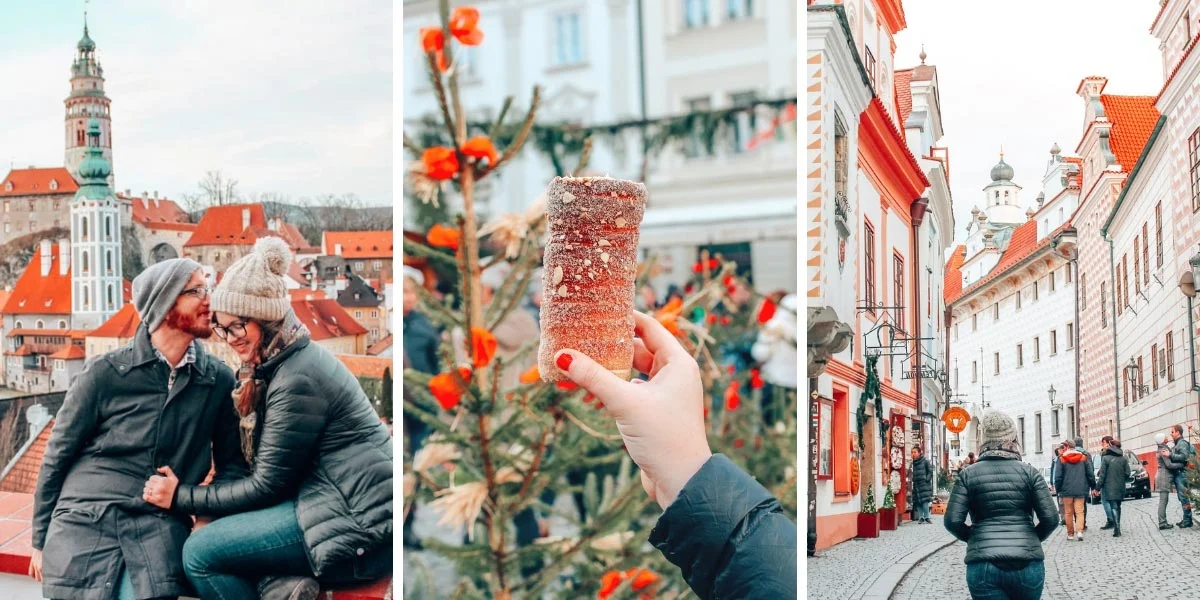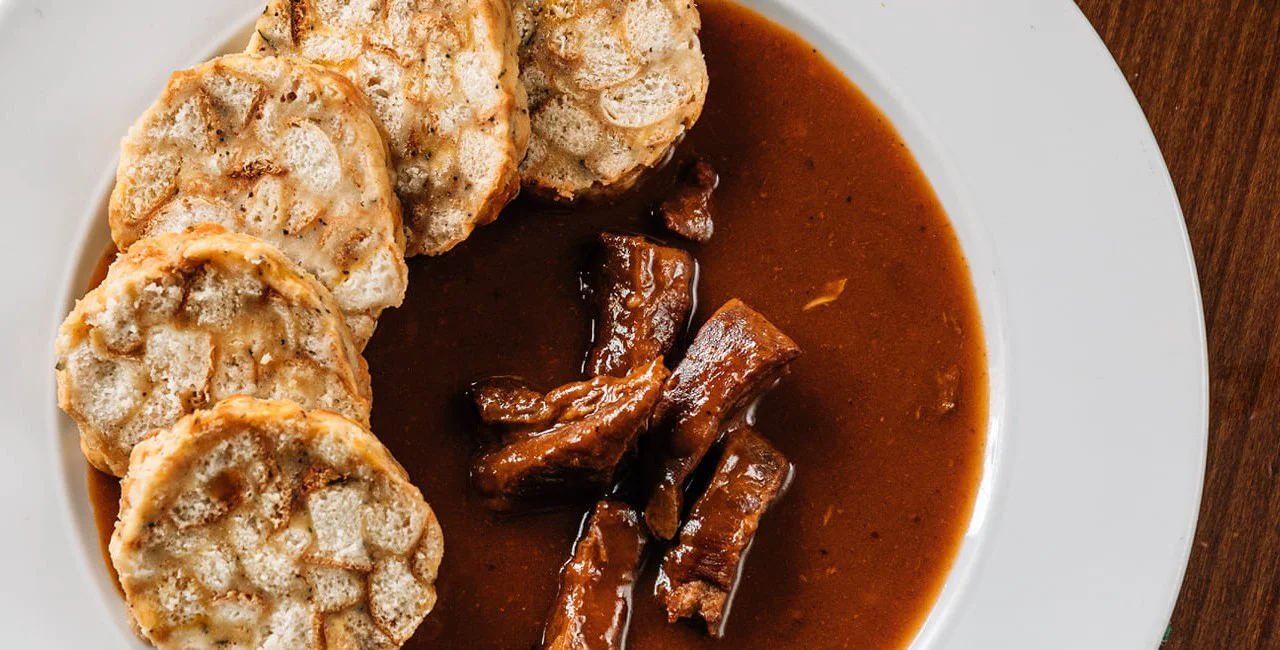Discover the Hidden Gem: A Comprehensive Guide to Czech Wines and Vineyards
Embark on an evocative journey through the heartland of Europe's lesser-known viticultural gem—Czech Republic. As a nation with a burgeoning reputation for producing eclectic and refined wines, Czech wines and vineyards offer an unexpected delight to wine aficionados and casual drinkers alike. From the sunlit slopes of Moravia to the picturesque landscapes of Bohemia, this guide uncovers the fascinating world of Czech wines, addressing curious questions and providing enriching insights into this blooming industry.


Exploring the Czech Wine Enthusiasm: A Historical Perspective
The Czech Republic's wine legacy dates back over a millennium, rooted deeply in the regions of Moravia and Bohemia. Though vines were initially cultivated by slavic tribes, it wasn't until the medieval age that viticulture witnessed exponential growth. Today, modern winemakers bask under the confluence of heritage and innovation, creating unique varieties that remain largely unexplored internationally.1. The Heart of Czech Winemaking: Moravian Vineyards
- Dominance in Czech Viticulture: Moravia accounts for approximately 96% of the country's vineyards and is often described as the pulsating heart of Czech winemaking. The region's varied topography, microclimate, and fertile loess soils lend to a rich spectrum of flavors and aromatic profiles.
- Notable Winemaking Subregions:
- Znojmo – Renowned for its aromatic whites like Grüner Veltliner and Sauvignon Blanc.
- Velké Pavlovice – Highlights robust reds, predominantly Blaufränkisch (Frankovka).
- Mikulov – Famed for producing the multifaceted Riesling, distinct for its crispness and minerality.
- A Taste of Tradition at Local Cellars: Embark on curated vineyard tours and indulge in vibrant tastings at cozy cellars like Sonberk and Reisten, where tradition meets innovation.
2. An Insight into Bohemian Vineyards
- Diverse Climate Advantage: The Bohemian climate is characterized by continental influences, cooler temperatures that bode well for fresh sparkling wines like "Bohemia Sekt."
- Unique Offerings: Explore scenic regions such as Melnik, where traditional Pinot Noir flourishes, embodying finesse and complexity.
- Sakso and Beyond: Eighteenth-century Saxon influence set a trend that persists, showcasing exemplary sweet wines that successfully compete with world-renowned German brands.
FAQs on Czech Wines and Vineyards
- What Makes Czech Wines Unique? The harmony of European winemaking traditions and modern techniques, merged with endemic grape varieties such as Pálava, yield a signature Czech identity.
- Are Czech Wines Worth Trying? Absolutely. Pioneering winemakers are gaining recognition, frequenting top positions at international expos.
- When is the Best Time to Visit Czech Wine Regions? Autumn, especially late September to early October, promises the most captivating vista, with grape harvest festivals in full swing.
The Evolution and Future of Czech Wines
- Sustainability and Organic Practices: The future of Czech viticulture thrives on sustainable practices. With a focus on organic growth, many estates like Vinařství Trpělka & Oulehla tread the green path.
- Pioneering Women in Czech Winemaking: The industry sees an inspiring influx of female winemakers, who champion diverse palates and avant-garde methods, reshaping the Czech wine landscape.
- The Rising Trend of Wine Tourism: Wine enthusiasts flock annually, spurred not only by the grape but also by vibrant spa towns and culinary escapades, making Czechia an exquisite wine-tourism hub.
Conclusion
The Czech Republic is undoubtedly asserting itself as a formidable player in the global viticulture arena. Whether an aficionado engrossed in exploring novel terroirs or a curious traveler dipping their toes into Eastern European vintages. Czech wines offer an enticing haven for discovery. Prepare to be captivated by distinctive flavors, fascinating narratives, and warm hospitality—the hallmarks of an unforgettable vinous journey.Rate the article















